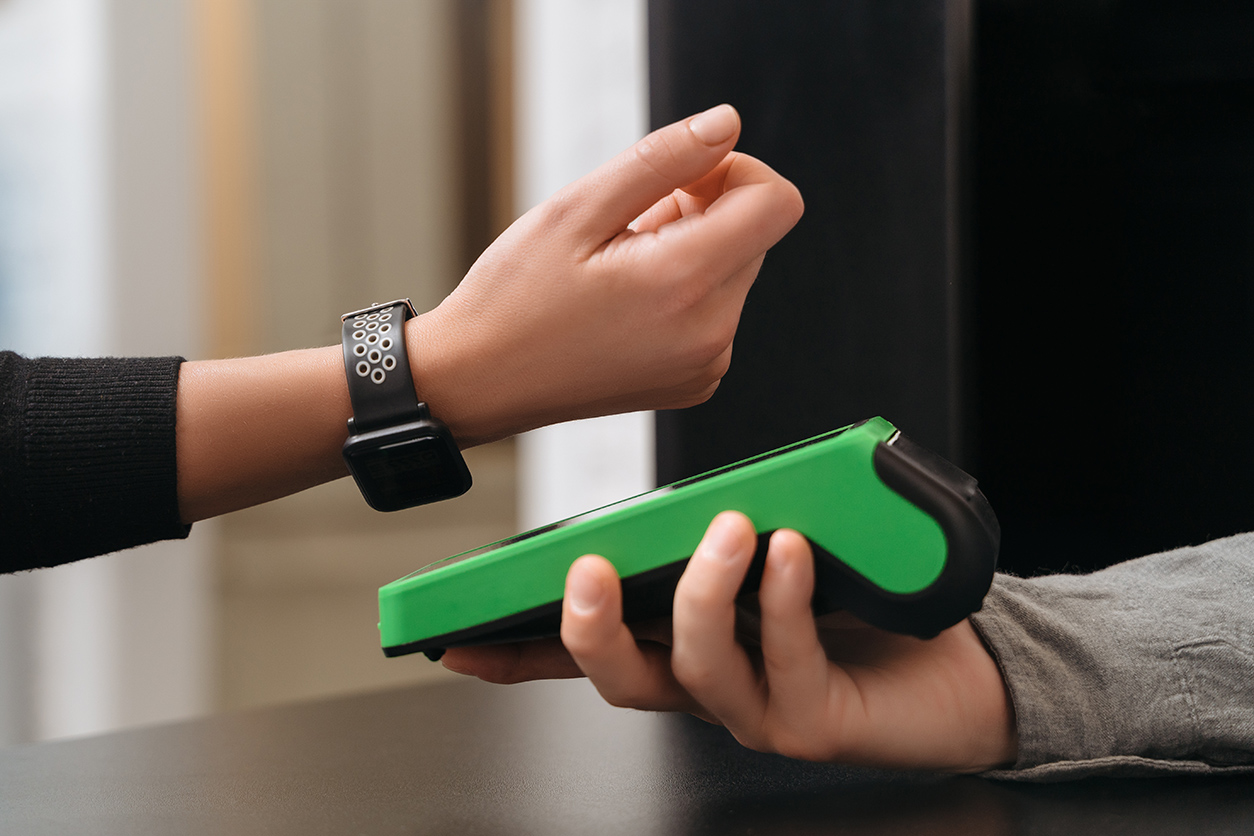NFC (Near Field Communication) and RFID (Radio-Frequency Identification) are both wireless communication technologies that use radio waves to transfer data, but they have different applications, operational modes, and technical specifications:
- Range and Communication Type:
- NFC: Designed for short-range communication, typically within 4 cm (about 1.5 inches). NFC is primarily used for secure data exchange between devices like smartphones and payment terminals.
- RFID: Has a broader range, varying from a few centimeters to several meters, depending on the type of RFID. RFID is used for tracking and identifying objects over longer distances, such as in inventory management.
- Frequency:
- NFC: Operates at 13.56 MHz. It is a form of RFID but restricted to one specific frequency and a short range.
- RFID: Can operate on multiple frequencies, including low frequency (LF), high frequency (HF), and ultra-high frequency (UHF). Each frequency band has different characteristics and applications.
- Data Transfer and Security:
- NFC: Facilitates two-way communication, allowing both reading and writing of data. It is often used for secure transactions and can include encryption for data security.
- RFID: Primarily used for one-way communication to read data from RFID tags. While some RFID systems can write data to tags, they are generally less focused on security compared to NFC.
- Applications:
- NFC: Commonly used in mobile payments, electronic ticketing, access control, and data sharing between devices. Its short range is advantageous for secure transactions and personal use.
- RFID: Widely used in supply chain management, asset tracking, inventory control, identification badges, toll collection, and tracking goods.
- Power Source:
- NFC: Devices can be either active (both devices generate a radio field, like in two smartphones) or passive (one device generates a field and the other uses it, like a smartphone and a payment terminal).
- RFID: Tags can be passive (no internal power source, activated by the reader’s electromagnetic field), active (powered by a battery, can initiate communication), or semi-passive (battery-powered but activated by a reader).
- Cost:
- NFC: Typically more expensive due to its secure element and the technology required for two-way communication.
- RFID: Generally less expensive, especially passive RFID tags, making them suitable for tracking a large number of items.
In summary, while NFC is a specialized subset of RFID with a focus on secure, short-range communication, RFID is more varied in its applications, offering solutions for long-range tracking and identification in various industrial and commercial settings.

Which is better RFID or NFC?
Determining whether RFID or NFC is “better” depends on the specific application and requirements of the task at hand. Each technology has its advantages and is better suited for certain scenarios:
- For Short-Range, Secure Transactions (e.g., Payments, Access Control):
- NFC is generally better. It’s designed for secure, short-range communication, making it ideal for applications like contactless payment systems, smartphone-based transactions, and secure access control systems where security and privacy are paramount.
- For Long-Range Tracking and Identification (e.g., Supply Chain, Inventory Management):
- RFID is more suitable. It offers a greater range and is used extensively for tracking items over longer distances, such as in warehouse inventory management, logistics, and asset tracking. RFID’s ability to handle a large volume of tags simultaneously makes it ideal for these applications.
- For Cost-Sensitivity in Mass Deployment:
- Passive RFID tags are more cost-effective for tracking a large number of items, as they are generally cheaper than NFC tags. This makes RFID a better choice for applications where a large number of tags are needed, such as in retail or manufacturing.
- For Consumer Engagement and Interaction:
- NFC is more effective for direct consumer interaction, such as smart posters and interactive advertising. Its compatibility with smartphones and the requirement for close proximity make it more user-friendly for these purposes.
- For Flexibility and Range of Applications:
- RFID offers a broader range of applications due to its various frequencies and types (LF, HF, UHF), each suitable for different use cases. This versatility makes RFID a better choice for diverse applications beyond secure transactions.
- For Personal Use and Ease of Use:
- NFC is more user-friendly, especially for personal and everyday use. Its integration into smartphones and the simplicity of tap-and-go functionality make it more accessible for the average consumer.
In essence, the choice between RFID and NFC should be based on the specific needs of the project or application. NFC excels in security and user interaction, particularly over short distances, while RFID offers versatility and efficiency for long-range tracking and mass item management.

